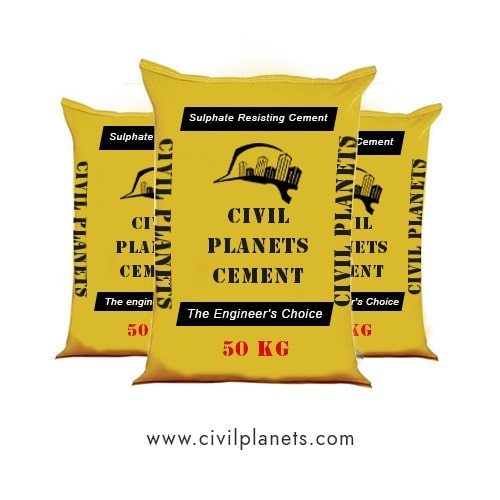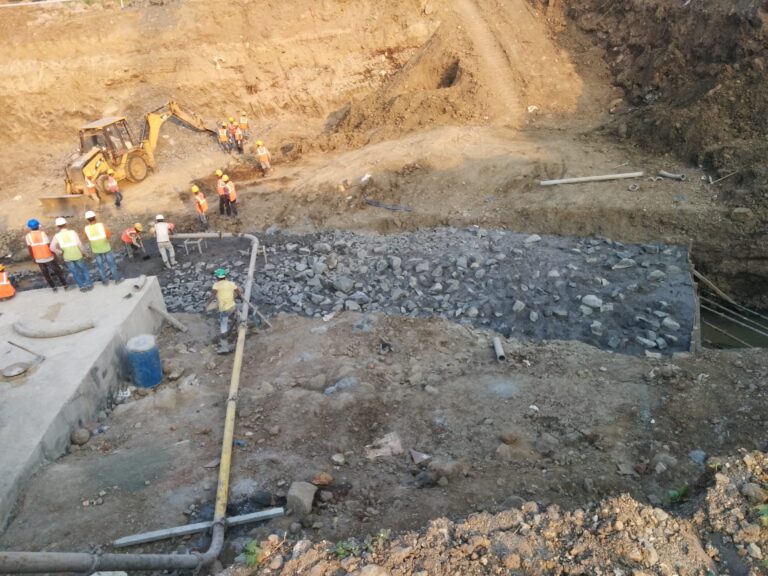Paint is a good aesthetic material to show off our building. Apart from aesthetic purpose, it is also applied over a surface of wood, metal, concrete as a protective coat.
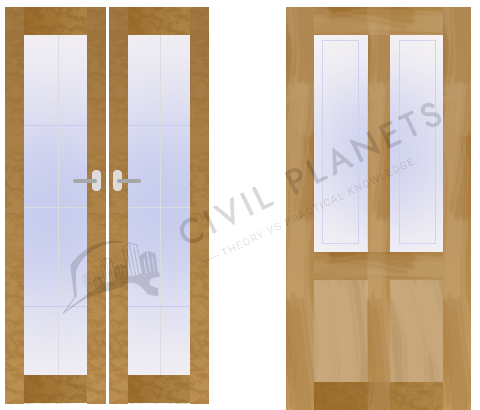
Paint has been classified based on the technical requirements of the structure. Generally, different types of paint are available in the market by various brands.
Before starting to discuss the types, let’s have a look at the functions of Paint.
Functions of Paint
- Paint gives a smooth surface and a decorative appearance to the surface.
- It prevents the decay of wooden members and also prevents corrosion of steel surfaces.
- It protects the surfaces of elements from weathering and other liquids, gases.
We have already discussed the Characteristics of Good Quality Paint.
Types of Paint
The paint has been classified into 15 types as listed below.
- Oil Paint
- Aluminium Paint
- Asbestos Paint
- Bituminous Paint
- Cellulose paint
- Cement Paint
- Colloidal Paint
- Emulsion Paint
- Enamel Paint
- Graphite paint
- Luminous Paint
- Silicate Paint
- Anti-corrosive Paint
- Plastic paint
- Synthetic Rubber Paint
Oil Paint
Economically, oil paint is very cheap and easy to apply on the surface. Oil paint is generally applied in the format of three coats namely Prime, undercoat & finishing coats.
Oil paint possesses good opacity and low gloss and is not suitable during damp weather. Oil paint is ideal for mouldings and trims.
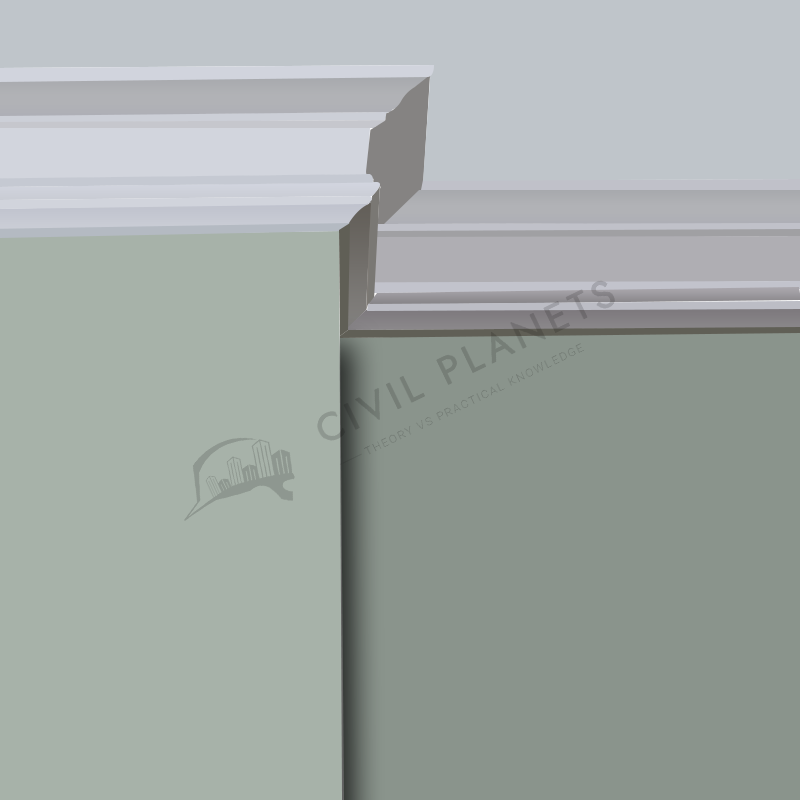
Aluminium Paint
An aluminium paint does not corrode in seawater. Aluminium paint contains aluminium powder in spirit varnish.
- It has high electrical resistance.
- It has good heat resistance capacity.
- It will be visible in the darkness.
Mostly the aluminium paint used for painting the radiator, gas tank, oil tank and hot water pipes.
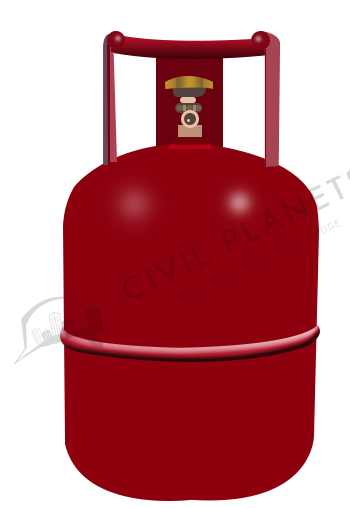
Asbestos Paint
Asbestos paints are distinctive types of paint and it is mostly applied on the surface which has contact with acidic gases and steam.
Bituminous Paint
The Bituminous Paint is made by dissolving asphalt of petroleum oil. It looks black in colour and is used for painting ironwork underwater, asbestos cement sheetings, steel fabrications.

Cellulose paint
Cellulose paint is manufactured by nitrocontin, celluloid sheets, and photographic films.
The main advantage of cellulose paint is, it is not affected by contact with hot water and the surface will stand in extreme degrees of cold and hot. It requires 2-3 coats. It will be used on
- Car Panels
- Photo Frames
- Window Frames

Cement Paint
The cement paint consists of cement, hydrated lime mixed with a colouring pigment. The cement paints are available in powder format and we can use it by mixing the required water.
Sand is often added as an inert material to make the paint economic.
- It is economical compared to oil paint.
- The cement paint is suitable for painting fresh plaster having high alkalinity.
- It prevents water penetration and dirt collection
It is directly applied to
- Brickwork
- Concrete
- Exterior Wall Surface

Colloidal Paint
There is no inert materials added in these types of paint. Colloidal paint is used to paint internal and external surfaces. It penetrates the surface and requires more time to settle.

Emulsion Paint
This type of paint contains polyvinyl acetate and synthetic resin as binding materials. It dries within 2 hours and can be easily applied on the wall or wood surfaces.
- It possesses good alkali resistance.
- Emulsion paint colour is retained for a long period.
The emulsion paint is mostly used for painting steel or wood surfaces.
Enamel Paint
These types of paints are developed by mixing of resinous matter along with white lead or Zinc and little quantity of petroleum.
Enamel paints are applied on the timber surfaces like wood doors. It is used on both internal and external surfaces.
- After drying, It forms a hard and durable surface.
- It is not affected by cold and hot water.
- Little expensive.
Graphite paint
Graphite paints are applied on iron surfaces which are in contact with ammonia, chlorine and sulphur gases. The graphite paints look black colour. It is used in underground railways and mines.
Luminous Paint
The luminous painted surface shines in darkness; it contains calcium sulphide mixed with varnish. The luminous paint is applied on the surfaces which are free from corrosion or any other lead paint. It is used for painting dials and for road signs to be read in darkness.

Silicate Paint
Silica paint is prepared by mixing calcined & silica with resinous substance. The surface should not be painted with silicate paint in hot weather and the surface should be wet before painting.
- It can be applied directly on brick, plastering or concrete surfaces.
- It resists against alkali attack.
- Silicate paint has no chemical action on metals.
- It is limited to use on wood and metal surfaces.
Anti-corrosive Paint
Anti-corrosive paint is cheap but has good durability and is easy to apply. It consists of oil, chromium oxide or lead and sand.
It is used on structural steels which are exposed to extreme weather conditions, acidic fumes.
Plastic paint
The plastic paint is the finest type of paint and possesses an attractive appearance. The plastic paint will be applied on the surface either by brush or spray gun.
These types of paint have high washable properties and also have humidity, non-objectionable odour resistance. It is mostly used for painting auditoriums, showrooms and movie theatres.
Synthetic Rubber Paint
Synthetic rubber paint is easy to apply on the surface and it contains excellent chemical resistance properties. The rubber paint is little affected by sunlight and weather.
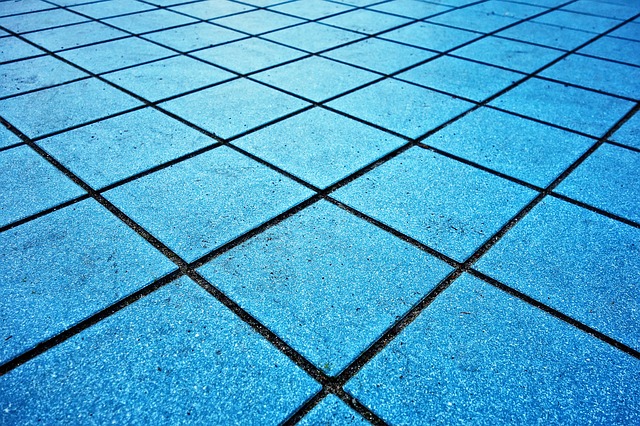
It is used on
- Swimming Pools lining
- concrete water tanks
- wooden tanks
- fish ponds
Happy Learning 🙂


